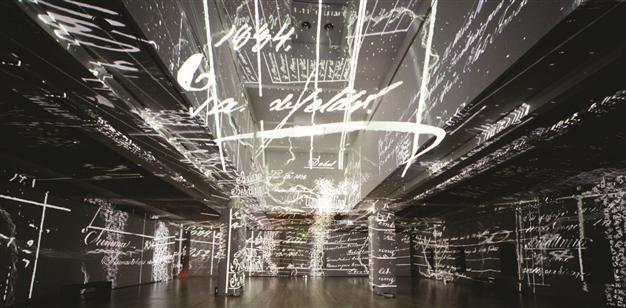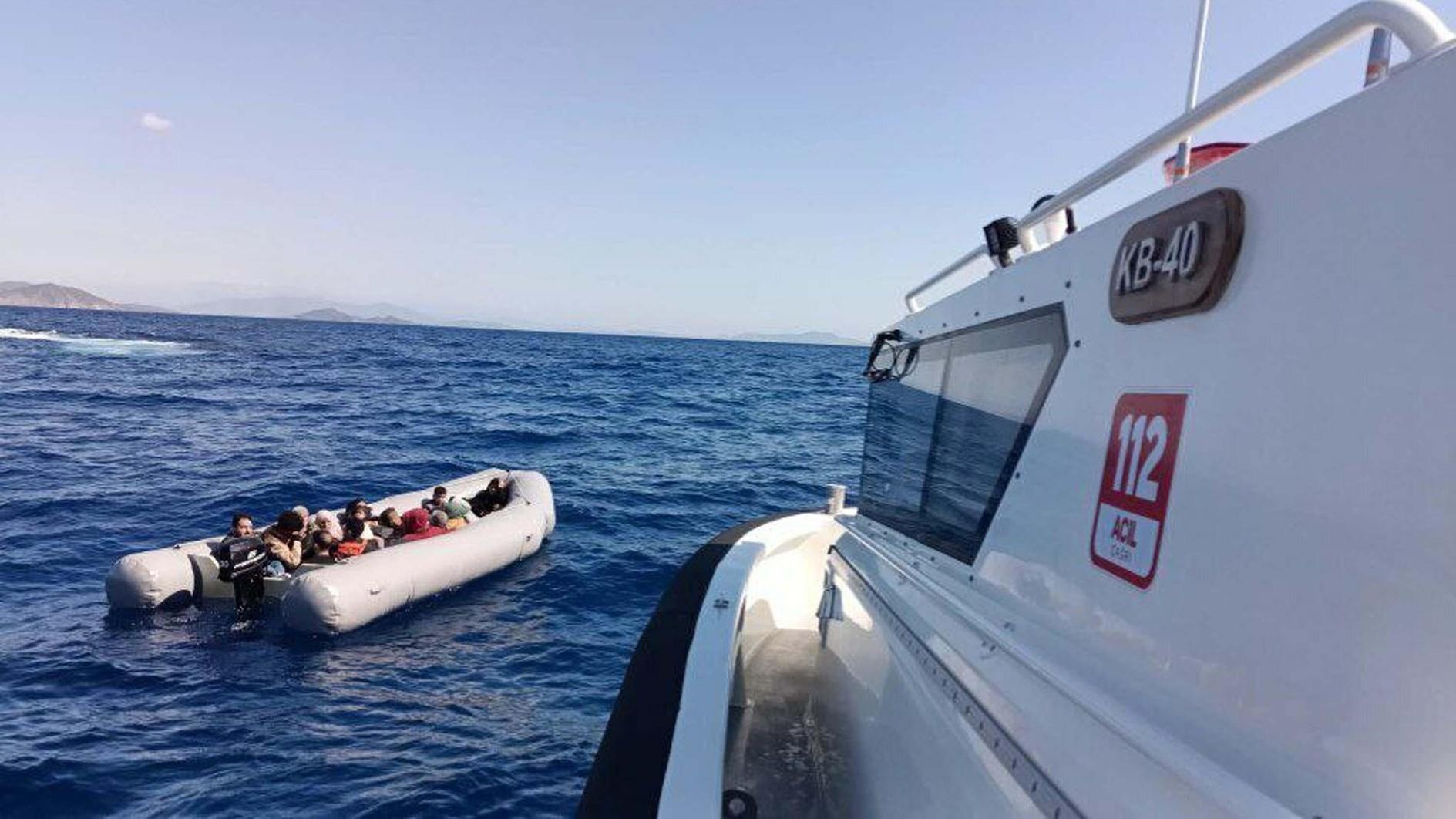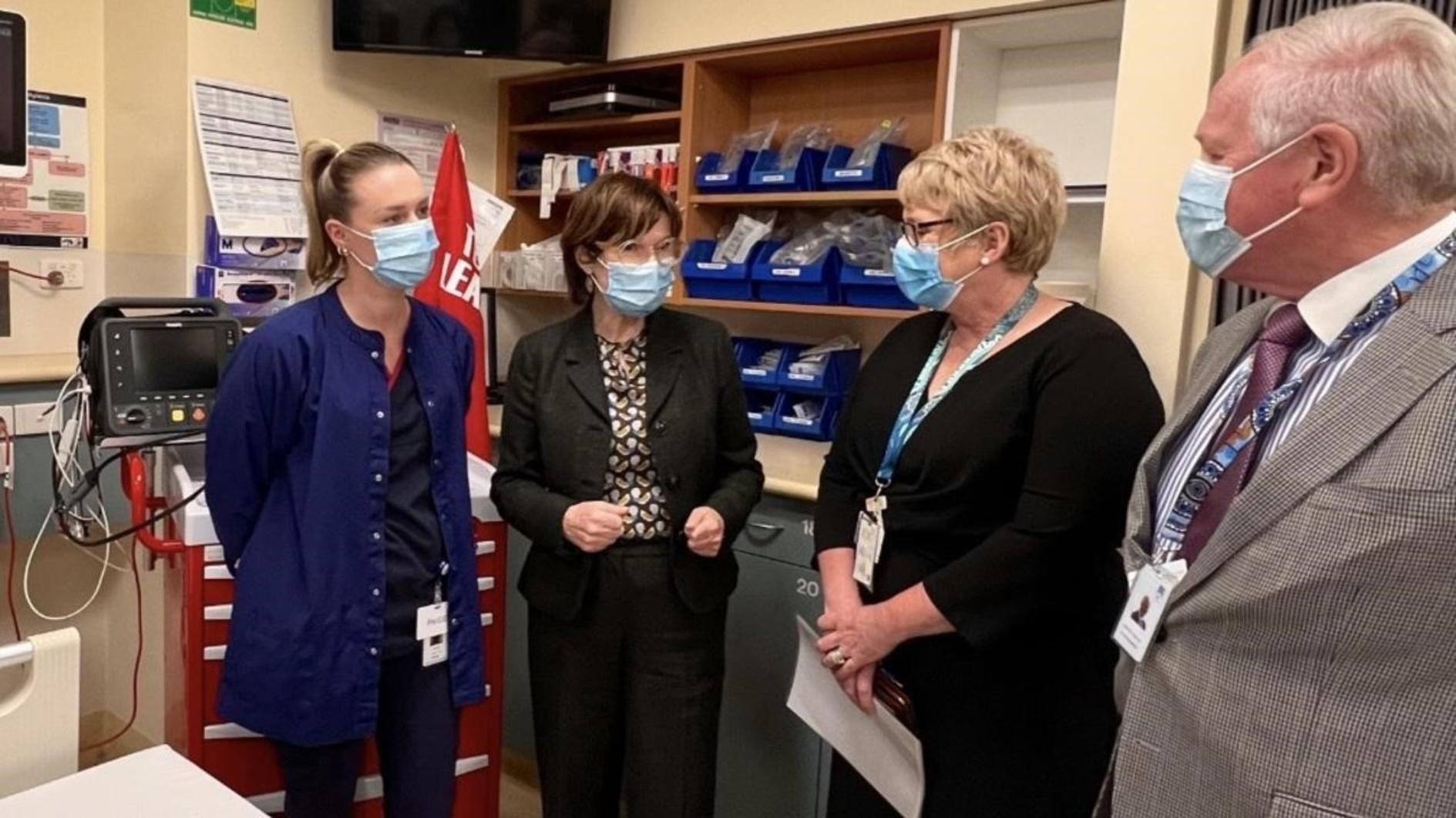Exhibition questions the place of technology in daily lives of people
ISTANBUL - Hürriyet Daily News

The show endeavors to unravel the reality beyond what people see with their naked eye with works by Burak Arıkan, Angela Bulloch, David Claerbout, Ryoji Ikeda, Michael Najjar, Enrique Radigales.
Presenting reflections on technology’s contribution to the transformation of reality on art, the new exhibition “Datascape” at Borusan Contemporary is set to interrogate many of the common conceptions about technology.Curated by Benjamin Weil, “Datascape” questions how technology transforms reality and how it modifies people’s perception of their surroundings and the landscape.
The show endeavors to unravel the reality beyond what people see with their naked eye with works by Burak Arıkan, Angela Bulloch, David Claerbout, Ryoji Ikeda, Michael Najjar, Enrique Radigales, Thomas Ruff, Karin Sander, Charles Sandison and Pablo Valbuena.
Beyond what can be seen by the naked eye
According to the curator, painters have, for centuries, made the landscape their subject, or used it as a backdrop for their works. The artists participating in the exhibition perpetuate this tradition of depicting the environment – whether real or enhanced by imagination. In doing so, they also reflect upon the intricate blend of visual information and the data enhancement that has modified people’s perception of the world. Each take a different approach, and reveal various aspects of the shifts brought by technology to the landscape.
The exhibition today and how the landscape has become an ever-more complex construct, a composite that is as much an interface as are the multiple screens, such as telephones, computers and the like, which in turn tend to increasingly look like landscapes.
Nature is the set of elements that compose the stage of the daily lives of people, according to Weil. It is a blend of pre-existing and human-made components. Therefore, time has come for people to reach beyond what their naked eyes can see, Weil said in explaining the exhibition.
“We can conceive of the landscape as the context for our existence, and hence, reconsider that which is nature and that which is information. This ‘enhanced reality’ is a new landscape ... a datascape,” he said.
As an independent professional in the 1990s, Weil co-founded a digital production studio dedicated to the commissioning of works by both emerging and confirmed artists such as Jenny Holzer, Doug Aitken and Lawrence Weiner.
Weil was the curator of Media Arts at the San Francisco Museum of Modern Art, where he commissioned large scale installations by the likes of Pipilotti Rist and Christian Marclay and worked with other artists such as Gary Hill and Matthew Barney. From 2006 to 2012, he also served as the artistic director of H BOX, a video commissioning program of the Fondation d’entreprise Hermès, where he was responsible for conceiving the project and for selecting up to four emerging artists to produce a single-channel video work that was then screened in a portable screening room conceived by architect and artist Didier Faustino.
Weil’s past ultimately reflects on the exhibition with the artists’ works. The exhibition opened on April 27 and will continue until Sept. 1.
















